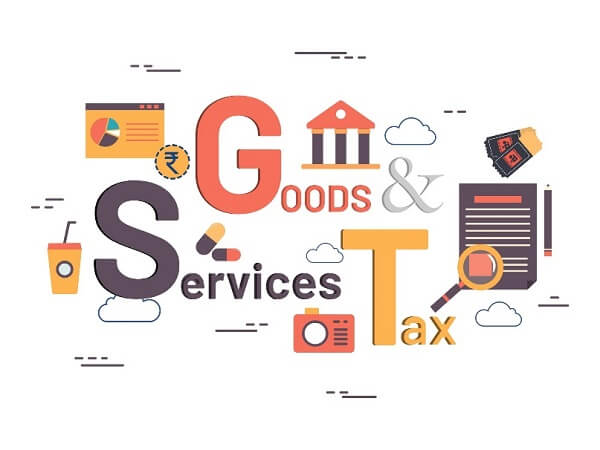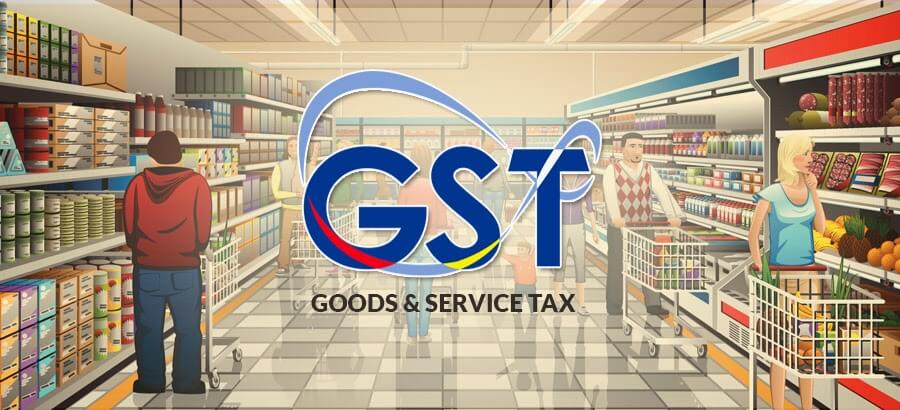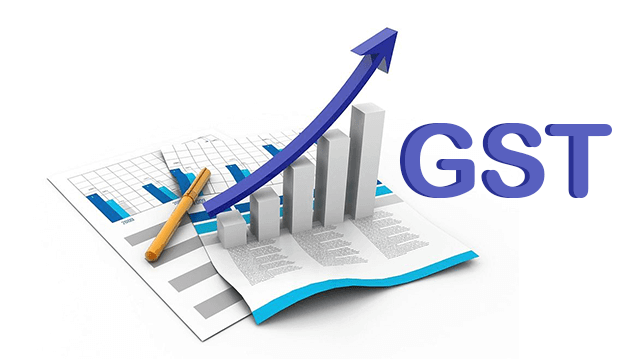Advantages and disadvantages of GSTOne of the long-awaited fiscal changes was the implementation of the Goods and Services Tax (GST), but for several reasons, it was just hanging out and unable to pass through the hurdles for a sizable amount of time, leading some to speculate that the reform may never take effect. However, everything that happened before is now history, and we were lucky to see this tax reform through to the end. It has been more than 200 days since the GST was implemented at this time. 
This article discusses the basic advantages and disadvantages that are broadly relevant to all sectors, industries, and consumers in general, without going into detail regarding the impact of GST and its advantages and disadvantages at the sector or industry level. GST has both benefits and drawbacks, but we'll focus on some of the biggest ones here as mentioned below. Advantages of GST:Abolition of the tax on tax: The amalgamation of several taxes (both state and central) under one roof is one of the most evident and significant advantages of the GST. It eliminates several taxes on the same item and enhances tax processing flexibility.

Better limit threshold: Businesses were required to pay VAT (Value Added Tax) after the threshold of 5 lakhs before the implementation of GST. Additionally, the sum differed from state to state. The threshold has been raised to 20 Lakhs in the GST era. For developing small and medium-sized firms, this was a huge relief. Reduced compliances: Before, each tax had its compliance requirements. Excise tax returns, for instance, were submitted each month. Limited Liability Partnerships and corporations were required to file taxes every month. For proprietorships and partnerships, it was quarterly. Before GST, the deadline for filing VAT was likewise undetermined. Taxpayers now only need to file one return. To pay GST at fixed rates, use the composition scheme: GST includes a provision to reduce corporate taxes. A business can choose the Compensation Scheme to reduce its taxable income if its yearly turnover is between 25 and 75 lakhs. With this system, GST can be paid at a fixed rate regardless of income level as long as it falls within the aforementioned range. Processing online is simple: Tax filing was never easy in the days before GST. Since the introduction of the GST, submitting taxes has become a fairly straightforward and uncomplicated process. Even someone with very minimal computer expertise can do it. Simply create an account on the GST portal, log in, and begin submitting returns. The portal itself contains all relevant information and instructions for filing tax returns. Starting-up businesses stand to gain the most from this. It is simple to establish openness among tax jurisdictions between the federal and state governments due to its online nature. Warehousing straightforward: During the time before the GST, businesses would set up numerous warehouses to avoid paying Central Sales Tax. Due to the lack of numerous products, the majority of warehouses were likewise considerably below their ideal capacity. With the implementation of GST, businesses can now establish warehouses in places that are best for their operational efficiency. These businesses can reduce their wasteful spending as a result. Additionally, it has made many unorganized sector enterprises comply with tax laws. Takes email commerce into account: Before GST entered the picture, online merchants were not subject to any laws. Under a variety of taxation plans, they were assessed at varying rates. Because each state had its laws, it was incredibly difficult and confusing for everyone concerned. Because they were viewed as mere intermediaries in some regions, notably Rajasthan and West Bengal, e-commerce vendors were not required to pay any VAT. Single window clearances (SWC): Numerous legislative compliances under various legislatures demanded a lot of time and work. Due to GST being the only indirect tax, a single window clearance option is now available. Now that only one statute's set of legal requirements must be followed, the taxpayer can concentrate more on its primary business. Disadvantages of GST:The rise in operational cost: Businesses could no longer rely on conventional books and accounting with the implementation of GST. To keep the business operating, they were forced to spend a lot of money switching to the newest Enterprise Resource Planning (ERP) program that complies with GST. These programs are pricey, and in the majority of situations, users must undergo additional training to correctly use them. Many small and medium-sized firms have seen an increase in their overall operating costs as a result of GST, and they frequently need to employ a specialist to help them with GST-related issues. Not applicable to products containing petroleum: While petroleum products are excluded from the GST, they are subject to other taxes such as central excise duty and state-levied VAT. An improved tax responsibility for businesses: Businesses with a minimum annual revenue of 40 Lakhs are required to pay taxes under the GST regime. Many firms experienced a severe setback as a result of this because the pre-GST era's minimum turnover was 1.5 Crores. 
The heavy load of compliance: Every business must register itself on the GST portal regardless of where they conduct business, according to the GST scheme. Sometimes the entire procedure can be rather taxing. Businesses in India now have to cope with even more pressure and paperwork on top of the already excessive amount of governmental red tape. Additionally, most consumers are not very tech-savvy, which makes it much more challenging for new enterprises to succeed. Penalties for failure to comply: Businesses would be subject to severe fines if they violate the GST regime's restrictions. In all respect, the majority of small and medium-sized businesses will find it challenging to comprehend the complexities of the GST. They will be compelled to enlist a specialist's assistance. GST went into force on July 1, 2007, and it has been in place for six months. Therefore, businesses used the old tax system from April to June before switching to the GST in July. Because some businesses were processing taxes concurrently, this led to a lot of confusion. Computerized Tax Regime: The GST Regime is an online tax system, from registration to filing returns. Smaller businesses were less familiar with such cutting-edge technologies, whereas larger businesses were able to quickly adapt to this new system. The Real Estate Market's Result: Since the GST was implemented, the real estate market has seen an 8% price increase, which has led to a 12% decline in demand. A Telecom Industry hit: When the GST was implemented, the Indian telecom industry encountered numerous difficulties. The actual execution was challenging since some aspects lacked clarification. To comply with GST legislation, telecom businesses had to entirely overhaul their IT infrastructure and payment procedures, which resulted in huge additional costs. 
Perfect for Explores: Not GST has drawn criticism for giving the informal sector an unfair advantage while disregarding the expansion of big businesses. Restrictions on Working Capital: Every business depends on working capital to function. The amount of money that businesses have access to has decreased as a result of the GST's implementation. Even after so much time has passed since the GTS's adoption, exporters are still unable to request tax refunds. Due to administrative challenges, even traders are having trouble obtaining their transitional refunds. They are also working harder to reduce the shortfalls of operating cash brought on by the implementation of this new taxes reform. Additionally, as GST @18% is payable in exception to the existing 15% Service Tax, the payouts have increased by 3% due to the higher GST rate in the service sector. |
 For Videos Join Our Youtube Channel: Join Now
For Videos Join Our Youtube Channel: Join Now
Feedback
- Send your Feedback to [email protected]
Help Others, Please Share










